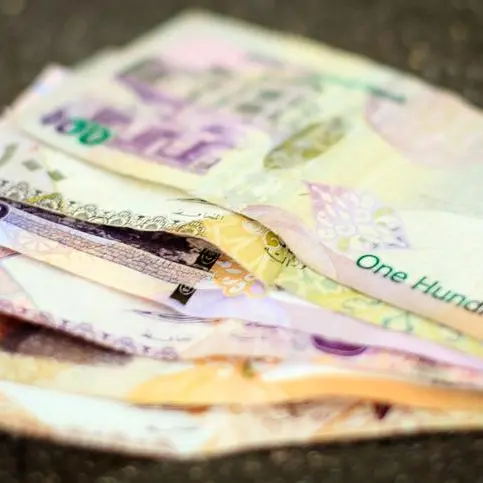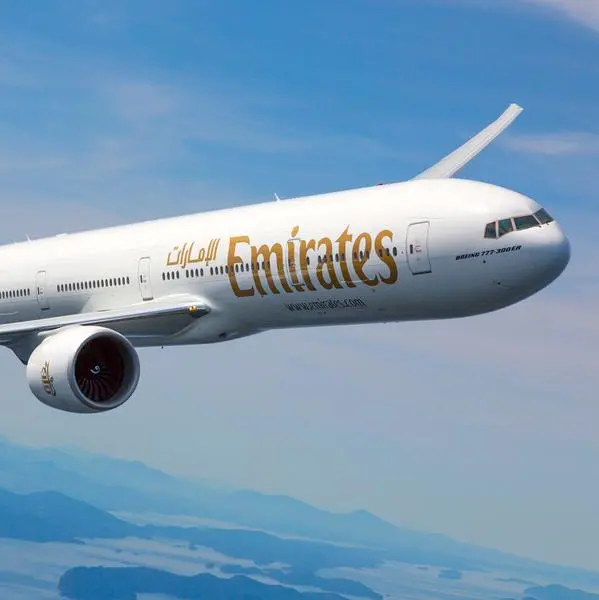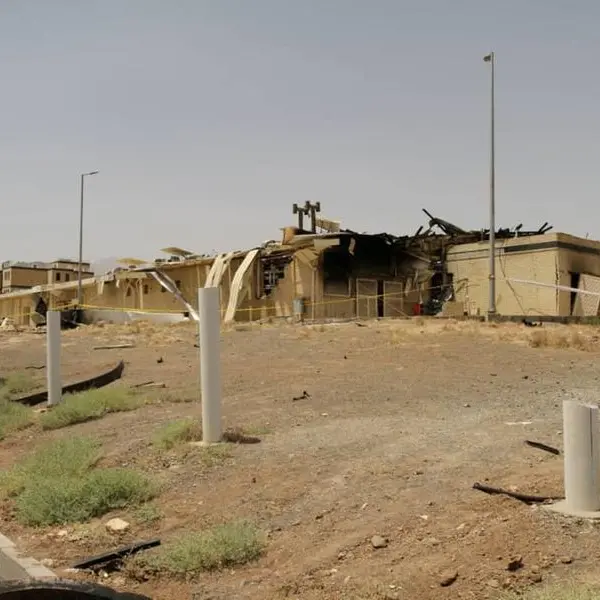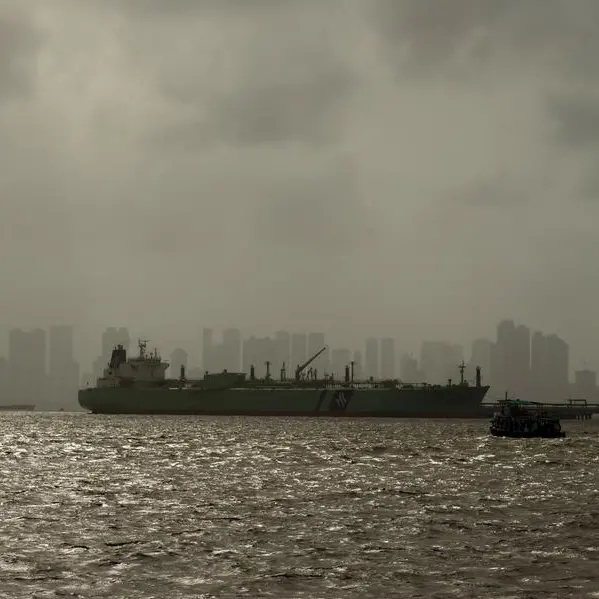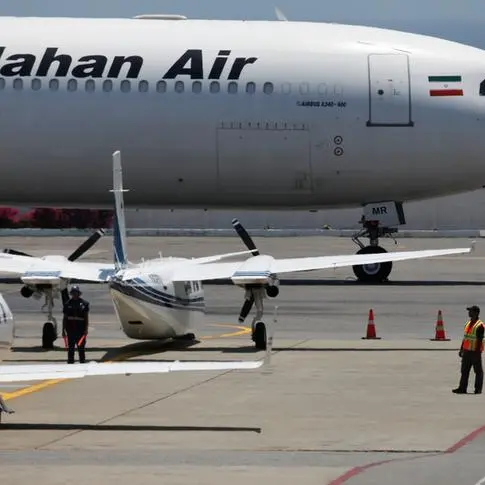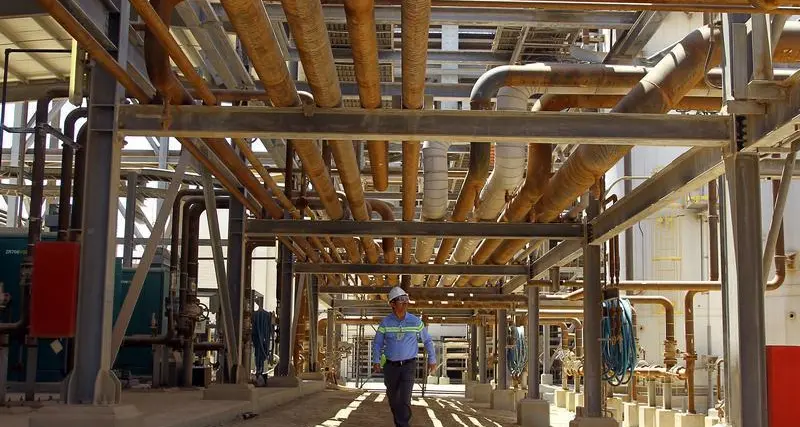JEDDAH -- The fourth quarter of 2015 echoed the sluggish IPO performance in Q3 proving that 2015 was a volatile year for IPOs in the Gulf Cooperation Council (GCC). The theme of uncertainty and negative market sentiment materialized in the second half of 2015 on the back of fluctuations in oil prices and ongoing regional and global political and economic instability, according to PwC Middle East Capital Markets and Accounting Advisory Services team.
The Kingdom of Saudi Arabia witnessed the only IPO in Q4 2015 by Alandalus Property Co. which raised $101 million from the deal. The IPO was oversubscribed and well received by investors and marked the first real estate sector offering on the Saudi Stock Exchange in five years. Q3 of 2015 saw no IPOs while Q2 proved to be the strongest quarter in terms of the number of offerings (4) and the money raised ($1.2 billion). Looking at IPO performance in Q4 2015 compared to the same quarter in the previous year (Q4 2014), the number and money raised was considerably higher in the prior year with $7.3 billion from a total of 5 floats, mainly driven by the largest IPO in the GCC in 2014 by National Commercial Bank.
Steve Drake, Head of PwC's Capital Markets and Accounting Advisory Services team in the Middle East region, said: "We have seen dampened activity both in the bond and Sukuk markets this quarter demonstrating that the region cannot remain immune to external factors. Notably during 2015 perpetual notes appeared to be in demand by investors and we saw several deals come to market this year both from banks and corporates."
However, he said "we should expect 2016 to show improvements in the debt market particularly sovereign issuances as the continued slump in oil prices widens deficit gaps. Governments in the Gulf will need to raise funds and tapping into the debt market is one way of doing so. The concern however is the potential increase in supply which may result in an increase in the cost of borrowing."
In terms of US interest rate hikes, Drake said "going into 2016 we are yet to see how this will factor into the market and regional issuances. With Gulf currency's being pegged to the US dollar, we saw some governments increasing interest rates - meaning borrowing from banks may become more expensive and raising funds via issuing bonds or Sukuk will be a more attractive option."
Though the "outlook for 2016 remains uncertain..., it will be difficult for investors and issuers to regain confidence and come back to the market. There are many strong regional fundamentals however and so we hope markets recover in 2016 as many companies are now preparing and waiting for the right time to IPO," he pointed out.
PwC report noted that with no IPOs in Q3 of 2015, the total money raised in H2 2015 was $101 million from one offering, while $1.3 billion was raised from 5 IPOs in H1 driven by a stronger Q2 performance during the year. In terms of performance in H2 2015 compared to the prior year, a total of 7 IPOs raised $8.9 billion in H2 2014. Therefore, in many ways Q4 2015 was a disappointing quarter for IPO performance.
Total proceeds in 2015 stood at $1.4 billion from 6 deals compared to $10.8 billion raised from 16 deals in 2014, $702 million from 9 deals in 2013, $1.7 billion from 9 deals in 2012, $789 million from 9 deals in 2011 and $2.0 billion from 12 deals in 2010, proving that although 2015 was the lowest year in terms of number of offerings over the past 5 years, the total value of offerings improved.
Furthermore in the same period, excluding 2014, the average offering value of IPOs in 2015 was the highest. The Saudi Ground Services offering back in June marked the largest IPO during 2015 raising $752 million.
In the GCC, Saudi Arabia dominated the IPO market in 2015 in terms of number of offerings (6) accounting for 67% of the total proceeds raised ($1.1 billion), accounting for 77% of the total. The two other offerings were in Oman by Phoenix Power and on Nasdaq Dubai, United Arab Emirates by Orascom Construction Limited.
Drake remarked that the "theme throughout 2015 has been fluctuation in oil prices, regional political instability and global economic downturn, which we have seen has impacted the Gulf's IPO market via decline in valuations, negative investor sentiment, and more so in the second half of the year where there was only one listing in six months. Over the past couple of years we were accustomed to seeing successful IPOs and an active capital market during Q4. However, the continued uncertainty has caused investors to become even more cautious with equities as an investment class thus losing confidence in the market resulting in issuers postponing any plans to go to market."
Global IPO issuance in 2015 was reasonably strong, despite increased volatility (among others due to China-related concerns and the fear of a US Federal Reserve rate hike) and substantial M&A and private market transaction activity. Particularly in Q4, the IPO market was driven by large privatization IPOs.
As compared to a very active 2014, total money raised via IPOs fell by 26% from $272.5 billion to $200.7 billion in 2015 while the number of IPOs decreased by only 1% from 1,154 to 1,144 in 2015. Nonetheless, both in terms of money raised and number of IPOs, global issuance in 2015 was reached its second highest level since 2010.
Global IPO money raised stood at $69.0 billion via 305 deals in Q4 2015, compared to $75.2 billion via 342 deals in Q4 2014 and $77.5 billion via 327 deals in Q4 2013.
Debt market activity in the GCC in Q4 2015 continued to be muted mirroring performance in the previous quarter and underlying the recurring theme witnessed in the equity markets. "During H2, we started to see the effects of the prolonged decline in oil prices and the anticipated US interest rate hikes and regional liquidity constrains beginning to manifest in the debt market with investors anticipating and closing positions before the end of November."
The Kingdom of Bahrain acting through the Ministry of Finance was one of the predominant issuances this quarter issuing a five-year bond priced at 5.875% in the amount of $700 million and a ten-year bond priced at 7.000% in the amount of $800 million. The National Bank of Oman issued a $300 million perpetual bond carrying a coupon of 7.875%.
On the Sukuk front, Nasdaq Dubai welcomed a ten-year $500 million Sukuk by Majid Al Futtaim carrying a coupon of 3.5% and the Government of the Sultanate of Oman, represented by the Ministry of Finance issued its first five-year sovereign Sukuk issued by the Sultunate in the amount of $649 million carrying a coupon of 3.5%.
© The Saudi Gazette 2016
